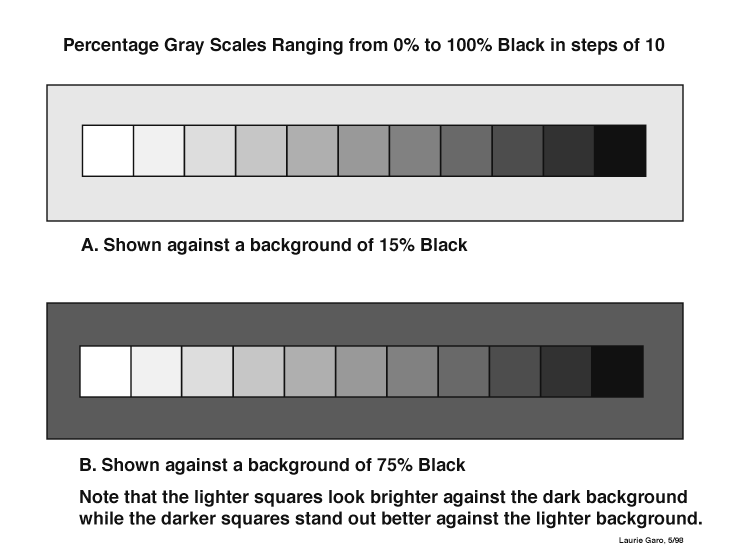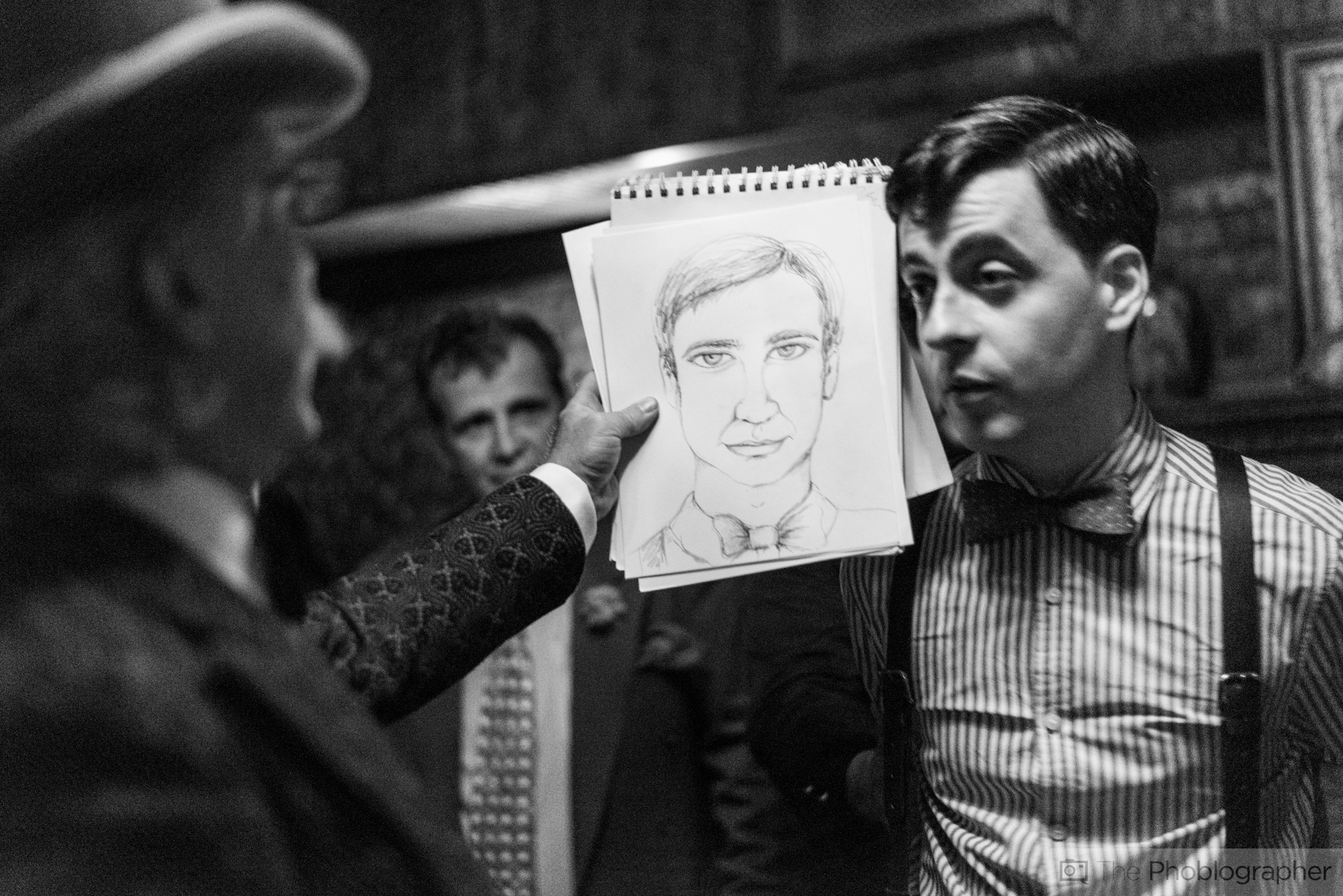

When choosing the color, you’ll start where anything in marketing starts - knowing your audience.

There are many design elements that go into creating a visual identity, but color will play a major role in defining the brand. Monochromatic design is perfect for creating visual cohesion.
Monochrome vs grayscale how to#
If you’re new to design and need to learn about how to create a digital color palette with your design software, you can find plenty of helpful videos on YouTube such as the one below. You might decide to combine a few monochrome variations with an extra color, perhaps even a complementary color, to add an extra layer of intrigue to your design. Play around with creating variations of your base color and narrow it down to the few you feel work best together. Digital graphic design tools such as Photoshop or Vectornator make it really easy to experiment and create a palette, simplifying the design process. It’s always good to start any design project by experimenting. Monochromatic schemes usually consist of 3 to 7 variations in your one-color palette, made up of darker shades and lighter tints of the original color. If you want to make a statement, choosing a memorable color such as something neon could work to your advantage, if you use it right. If you’re creating a graphic design or illustration for a brand, you might want to make the base color the same as that of the brand’s C.I. If you’re simply dabbling in a creative project for yourself or your personal brand, you could go straight for your favorite color and play with the various shades and tones of that. It depends on your communication objectives and the intended audience. Remember that the rest of your color palette is going to be a variation of the base color, so it’s important that the hue you decide on is on-brand, on-fleek, or simply communicates the right message (remember what we said about color psychology?). But oh my, which hue do you use for the base color? So you’ve decided to go with a monochromatic color palette for your design. Tips And Ideas For Using A Monochromatic Color Scheme Choosing Your Base Color
Monochrome vs grayscale free#
Because there are variations for each hue, you are free to get creative and express in any way you choose with a monochrome scheme from bright and bold to cool and muted.

When using this scheme for design, each of your elements will be a range of tints, shades, and tones based on one selected base color. There are subtle differences between each variation of the hue, all of which would make up a monochromatic color palette. On the color wheel, each segment represents the color family of a single hue. A color with more grey will be a duller tone than the original color, while one with less grey will be a more saturated version of that color. Shade - Makes a color darker by adding black. Tints are created by adding white to a color. Painters understand “hue” as the purest form of a pigment when dealing with paint color, so try and think of it like that - a pure color before it’s altered by shade, tint, and tone. Hue - basically means “color.” If you dive into the definition, you’ll find all kinds of technical color theory information like how the hue is the dominant wavelength in a color. In case you need a refresher, or you’re totally new to this stuff, let’s establish some basics: Image Source: Wikimedia Quick Catch Up On Color Theory So before continuing, let’s catch up on some color theory. A monochromatic color scheme will range between lighter and darker versions of the base color or hue. Monochrome colors are all the varieties of a single hue - the tints, shades, and tones. However, it’s not as simple as “one color.” Designers will understand just how many varieties there are of a single color. That totally makes sense, especially when you break the meaning of the word down from its Greek roots: The Tate art museum defines monochrome as follows: "Monochrome means one color, so in relation to art, a monochrome artwork is one that includes only one color." So in case you haven’t experimented with a monochromatic color scheme, or you wish to take what you know about it further, keep reading because in this article we’re going to explore how you can get the most out of monochrome. The more variety of skills and techniques you have under your belt, the deeper you’re able to go with your creation. Experimenting with a stack of different color techniques helps you become a more well-rounded artist and able to offer your clients a diverse range of options.


 0 kommentar(er)
0 kommentar(er)
